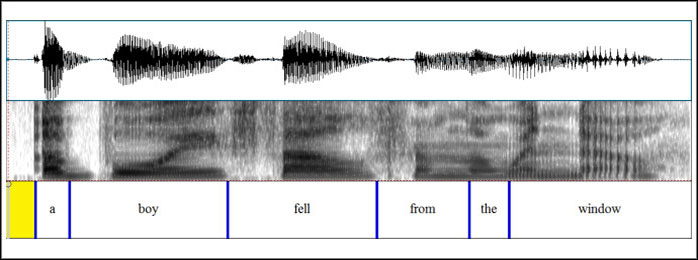
Language and Human Communication Allied Field
Language and Human Communication covers the study of what humans know about language, how they acquire such knowledge, and how they use this knowledge to communicate. Within the Neuroscience major, the Language and Human Communication Allied Field includes courses on topics such as: the biological aspects of communication systems, typical and disordered language processing and acquisition, and the structure of language at multiple levels of analysis from speech sounds to sentences to discourse.
Electives in the Language and Human Communication Allied Field (choose 4 units from the list below, 2 courses which must be 300-level or above).
Courses in the first group are listed separately because they are pre-requisites for some of the additional electives in Language and Human Communication.
- COG_SCI 210-0 Language and the Brain (This course may count either toward Group A Neuroscience electives or the Allied Field in Language and Human Communication, but not both.)
- LING 250-0 Sound Patterns in Human Language
- LING 260-0 Formal Analysis of Words and Sentences
- LING 270-0 Meaning
Projected Annual Course Plans: COG_SCI, LING
Additional electives in Language and Human Communication
- CSD 202-0 Neurobiology of Communication
- CSD 301-0 Anatomy and Physiology of the Vocal Mechanism
- CSD 302-0 Anatomy and Physiology of the Peripheral Hearing Mechanism
- CSD 305-0 Phonetics
- CSD 306-0 Psychoacoustics
- CSD 310-0 Biological Foundations of Speech and Music
- CSD 369-0 Cognitive Neuroscience of Human Communication (taught by Prof. Elizabeth Norton)
- LING 250-0 Sound Patterns in Human Language
- LING 260-0 Formal Analysis of Words & Sentences
- LING 270-0 Meaning
- LING 315-0 Experimental Approaches to Word Form Processing
- LING 316-0 Experimental Syntax
- LING 317-0 Experimental Pragmatics
- LING 321-0 Bilingualism
- LING 330-0 Research Methods in Linguistics
- LING 334-0 Intro to Computational Linguistics
- LING 342-0 Structure of Various Languages
- LING 350-0 Fundamentals of Laboratory Phonology
- LING 360-0 Fundamentals of Syntax
- LING 370-0 Fundamentals of Meaning
- LING 371-0 Reference
- LING 372-0 Pragmatics
- LING 373-0 Implicature
